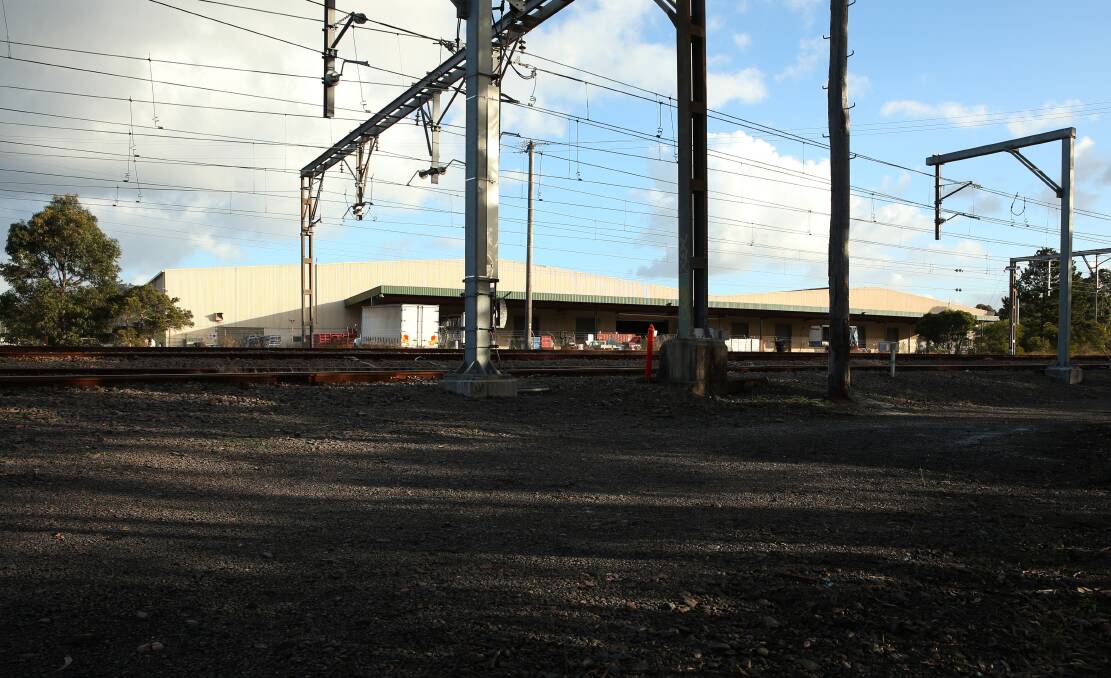
Last week’s budget papers showed the state’s financial affairs are in excellent shape. The treasurer makes a valid claim that, financially, NSW is in the top five state or provincial-level governments worldwide outside of the US.
Subscribe now for unlimited access.
$0/
(min cost $0)
or signup to continue reading
The NSW government deserves some credit, although there are reasons for the state’s good fortune that are not of its making. GST receipts and grants from the federal government are the state’s primary income source. Significant too are windfall cash flows from the stamp duties that come from a buoyant housing market. Record coal royalties – estimated at a whopping $7.4billion over the next four years – add Hunter cream to a well-iced cake. Meanwhile, public asset stripping is ongoing.
At the same time, however, rapid population growth – driven by record immigration – requires heavy spending on health, education and transport. And there is a need for expensive infrastructure spending to address Sydney’s appalling transport situation after dreadful neglect by Labor governments in the 1990s and 2000s.
When will governments learn? When you have the money, you undertake projects that shape a city’s future. You get ahead of the game. A well-crafted city – be it Sydney or Newcastle – growing in the right directions, with good transport, health and education, means a more prosperous economy, a better environment, and a happier, healthier population. Everyone’s a winner, including governments: taxation revenues rise and the cost of services falls.
Newcastle should be a laboratory for good planning and wise spending. But consider the Lake Macquarie Transport Interchange (LMTI) as an example of failure. The project has been around for decades, as the Herald explained (Glendale Interchange stopped in its tracks).
The LMTI is a simple idea: a realignment of arterial roads through Cardiff and Glendale with a new railway station and bus interchange. The need is clear. By the 1990s, the Cardiff-Glendale area had become a traffic black spot as retailing, light industry and new housing estates clawed over each other in a development binge. The area’s historical geography wasn’t helping. The Cardiff-Glendale corridor is the south-west portal for the Newcastle-Lake Macquarie conurbation. Hemmed by lake and forest, the corridor’s quaint 19th century road and rail configuration was failing.
In 2001, Lake mayor John Kilpatrick launched a funding bid for the LMTI. A year later, the Hunter jobs summit listed the interchange as a top priority. By 2003 the interchange was a top priority for the Hunter Business Chamber. Year-in, year-out, Lake mayor and MP Greg Piper urged government funding. In 2006 and again in 2011 Lower Hunter mayors rated the interchange the region’s top infrastructure need. In 2010 Wallsend MP Sonia Hornery slammed her party’s failure to fund the interchange as a “saga to rival Ben Hur”. But the saga continues. Last week the Herald expressed its dismay that the Coalition government had again chosen not to fund the interchange.
- Read more: Government has to come clean on Glendale
The project is a good idea for three reasons. It makes arterial roads work properly, providing easy driving across suburbs; it shifts load onto public transport at a single convenient location and it creates a catalyst around which industrial and commercial activity can concentrate.
Only governments have the planning powers and the cash to create urban shaping projects like the LMTI. Only short-sighted fools don’t seize the opportunity.

